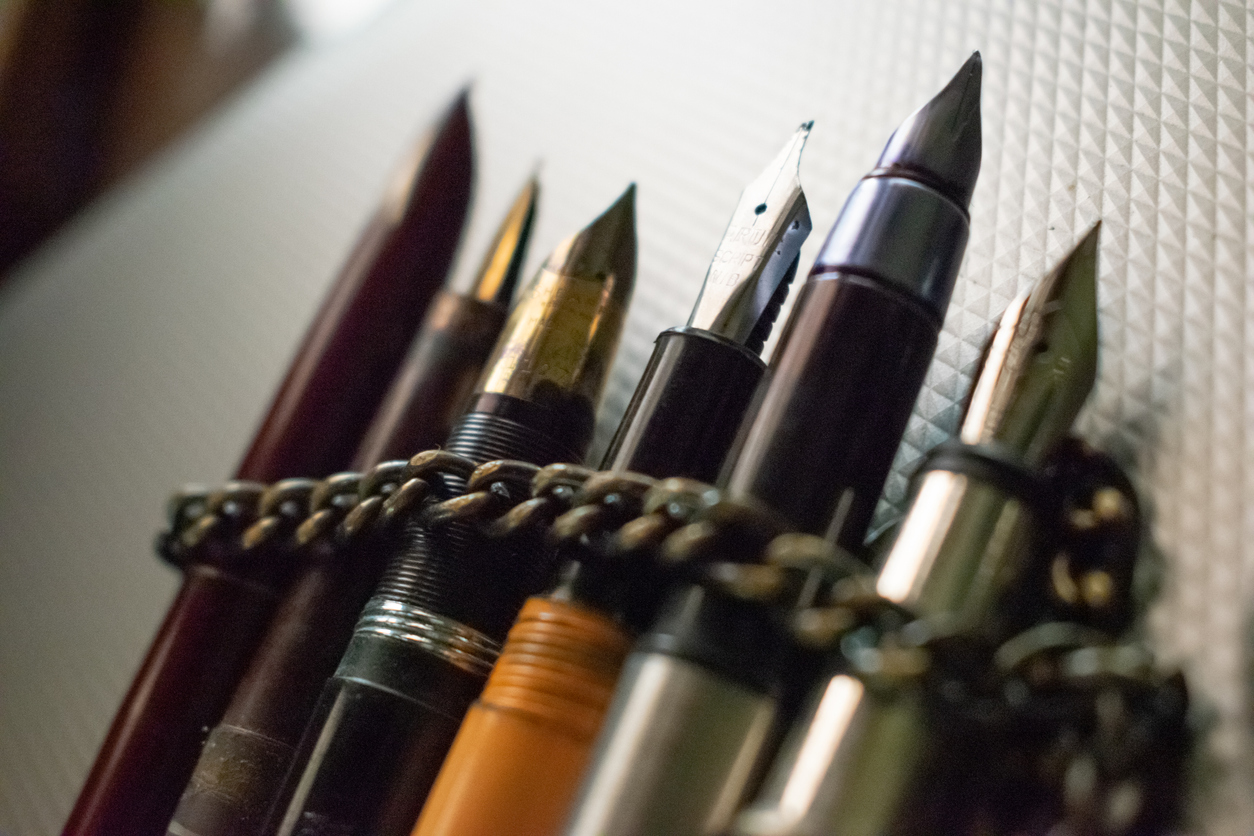- Tuesday, April 29, 2025

By: Shubham Ghosh
India’s is one of the most dangerous nations for the media with three or four journalists murdered in connection with their profession every year, the World Press Freedom Index 2022, published by Reporters Without Borders (RSF in French) has said.
The 20th edition of the index said that the Global Press Freedom Ranking of India is one among the bottom 30 out of 180 countries, and the South Asian nation slipped eight places from 142 last year.
2022 Press Freedom Rank
1 Norway
2 Denmark
3 Sweden
16 Germany
19 Canada
24 UK
38 Taiwan
42 US
43 S Korea
71 Japan
86 Israel
110 Brazil
117 Indonesia
119 Qatar
149 Turkey
150 India
155 Russia
168 Egypt
175 China
178 Iran
180 N Koreahttps://t.co/Tiu4iUW38O pic.twitter.com/h47zYOM2iX— Conrad Hackett (@conradhackett) December 11, 2022
According to the report, the “violence against journalists, the politically partisan media and the concentration of media ownership all demonstrate that press freedom is in crisis in “the world’s largest democracy”, ruled since 2014 by Prime Minister Narendra Modi, the leader of the Bharatiya Janata Party (BJP) and the embodiment of the Hindu nationalist right.”
It added that one journalist has been killed since the beginning of 2022 and 10 were jailed.
The report pointed out that the state of press freedom in India changed “radically” after Modi came to office and “engineered a spectacular rapprochement between his party, the BJP, and the big families dominating the media”.
“The prime example is undoubtedly the Reliance Industries group led by Mukesh Ambani, now a personal friend of Modi’s, who owns more than 70 media outlets that are followed by at least 800 million Indians. Very early on, Modi took a critical stance vis-à-vis journalists, seeing them as “intermediaries” polluting the direct relationship between himself and his supporters. Indian journalists who are too critical of the government are subjected to all-out harassment and attack campaigns by Modi devotees known as bhakts,” it added.
“Supporters of Hindutva, the ideology that spawned the Hindu far right, wage all-out online attacks on any views that conflict with their thinking. Terrifying coordinated campaigns of hatred and calls for murder are conducted on social media, campaigns that are often even more violent when they target women journalists, whose personal data may be posted online as an additional incitement to violence. The situation is also still very worrisome in Kashmir, where reporters are often harassed by police and paramilitaries, with some being subjected to so-called “provisional” detention for several years.”
The RSF report said that while the Indian law is protective in theory, charges such as defamation, sedition, contempt of court, and endangering national security are “increasingly used against journalists critical of the government, who are branded as “anti-national.”